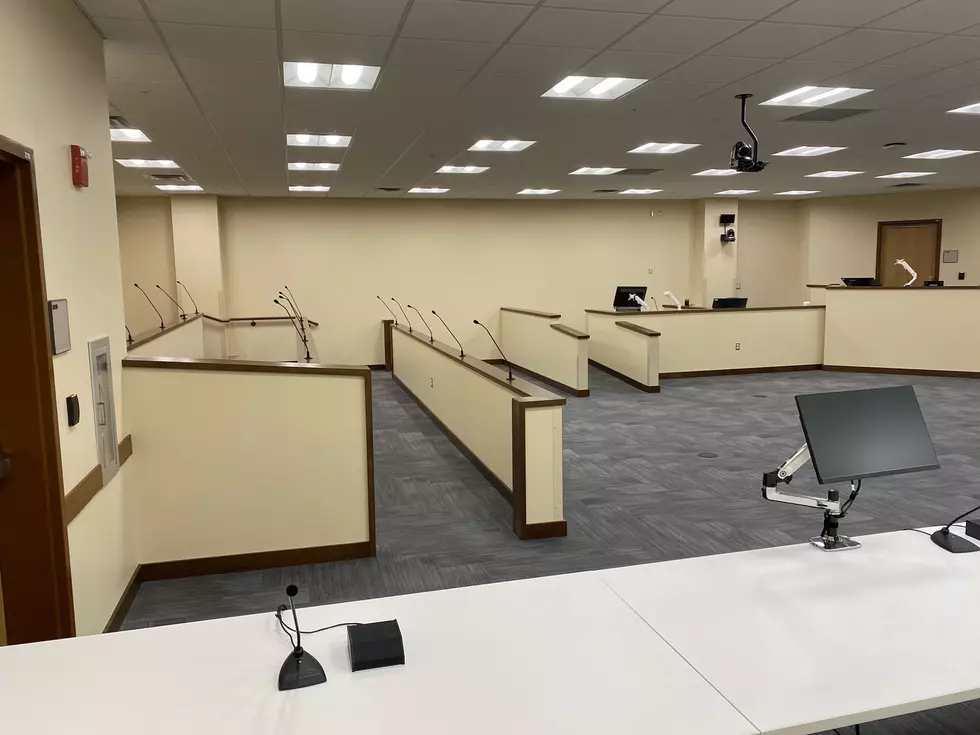Deer Movement Study Begins In CWD Zone of SE Minnesota
The Minnesota DNR is set to begin a research project that will examine how deer move across the landscape of Southeast Minnesota.
The study started on Monday, and it will help the DNR figure out how and where the disease is transmitted. The DNR's private contractor plans on capturing 115 deer and fit them with GPS radio collars.
“The data from this study will help us estimate male and female dispersal patterns as they relate to disease transmission and build movement models,” said Dr. Chris Jennelle, a DNR research scientist. “We can use that information to predict likely pathways of potential chronic wasting disease spread and also estimate causes of death for use in population models.”
The daily movements of the deer will be tracked so the DNR can figure out the seasonal movements and dispersal pathways. The dispersal occurs when juvenile deer leave their mothers and it usually happens in the May-to-Juen timeframe.
“The data from this study will help us estimate male and female dispersal patterns as they relate to disease transmission and build movement models,” said Dr. Chris Jennelle, a DNR research scientist. “We can use that information to predict likely pathways of potential chronic wasting disease spread and also estimate causes of death for use in population models.”
The DNR scientists how to share the data found in Minnesota with neighboring states of Iowa, Wisconsin and Michigan. With this information, they should have a better chance of slowing disease spread and benefit the long-term viability of deer populations.
More From KROC-AM










